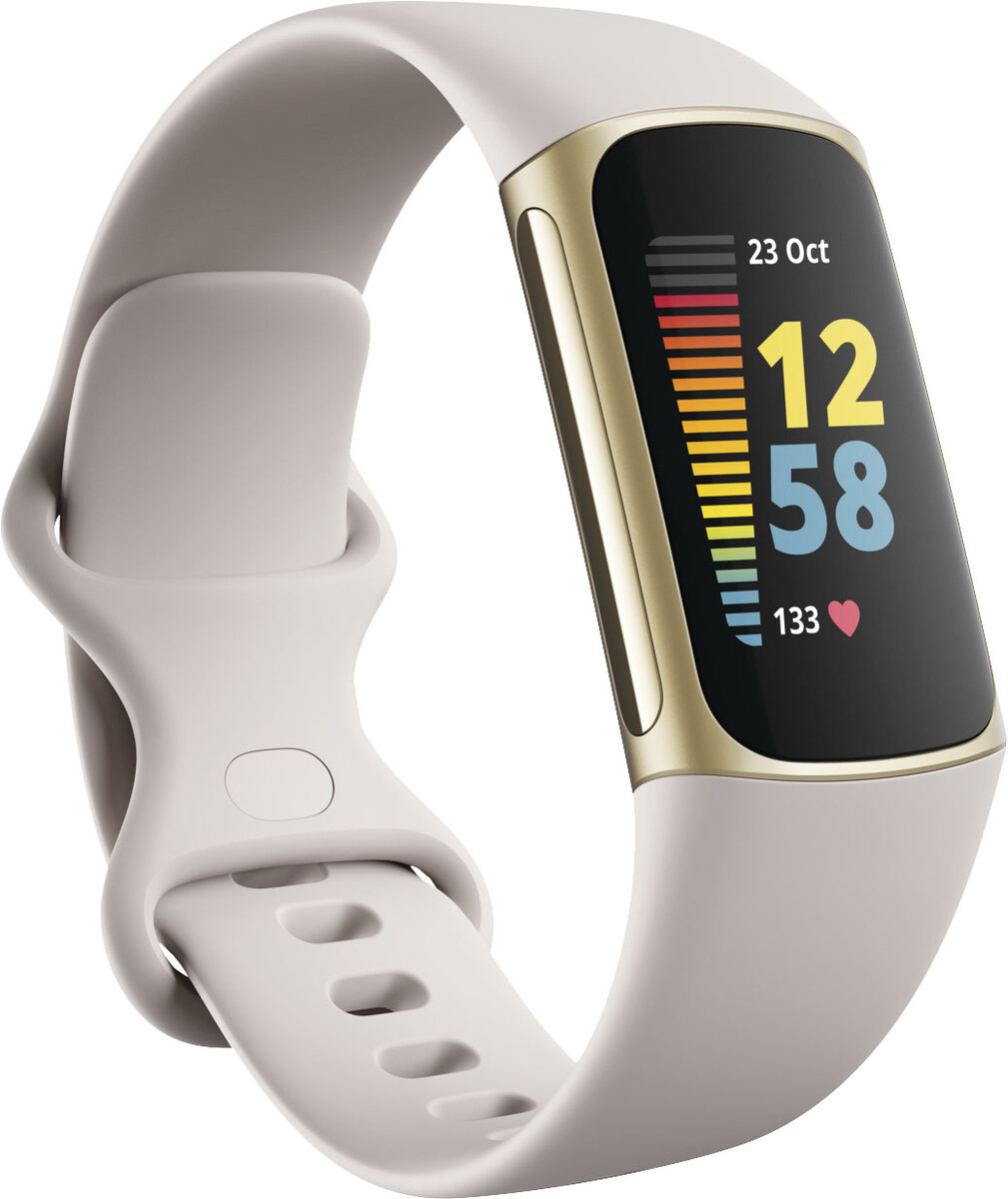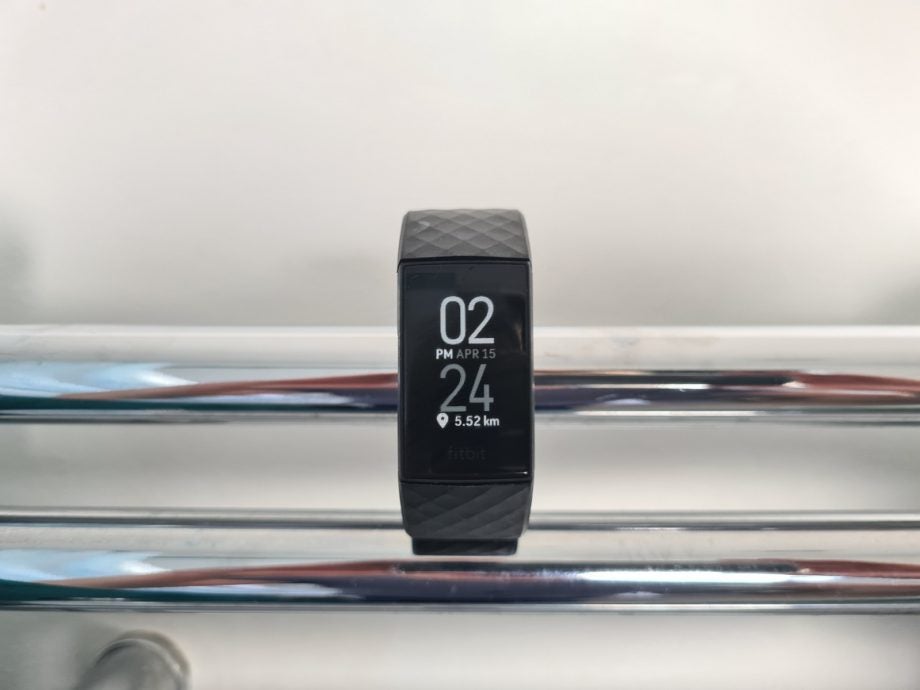

It also most likely won't have any buttons or capacitive faux-buttons, making it touch-only. So you can expect a rounded, pill-shaped 1-inch AMOLED display, distinctly thinner than the blocky look of the Charge 4 and older models. If you can get past the lack of GPS and are happy with around six days of battery life per charge, then this could be the ideal stress-relieving choice for you.(Image credit: Christine Persaud / Android Central)Īccording to the aforementioned FCC leak, the Fitbit Charge 6 will look "near identical" to the Charge 5, including the aluminum body, curved black glass, and strips for ECG readings on either side of the tracker.


Other notable features include a temperature sensor, along with an ECG sensor for keeping tabs on your heart’s rhythm and electrical activity, in addition to all the regular health and activity tracking you’d expect. Not only can it warn you when you’re getting too stressed, but it can also suggest and take you through various breathing activities to help calm things down. This data is then treated with Fitbit’s specially designed algorithms, to determine your stress levels. The first of these is a built-in EDA (electrodermal activity) sensor, which, in essence, measures how much you’re perspiring. Its premium, metal design aside, there are a couple of features that propel it beyond most standard fitness trackers. The Fitbit Sense 2 is at the higher end of the company’s lineup, both in terms of features, and budget.


 0 kommentar(er)
0 kommentar(er)
